Introduction: Why Understanding Sofa Construction Matters
When shopping for a sofa, most people focus on style and color, but the true value of furniture lies in its construction. Understanding the anatomy of a sofa helps you identify quality craftsmanship, make informed purchasing decisions, and choose pieces that will last for years. A well-constructed sofa not only provides comfort but also represents a smart investment in your home.
Did You Know?
The average sofa lasts 7-15 years, but high-quality construction can extend this to 20+ years with proper care. Understanding sofa anatomy helps you identify which pieces are worth the investment.
Main Sofa Components: Breaking Down the Anatomy
Every sofa consists of four essential components that determine its comfort, durability, and overall quality. Let's examine each element in detail.
1. The Frame: Foundation of Your Sofa
The frame is the skeleton of your sofa, providing structural integrity and determining its basic shape and durability.
Hardwood Frames
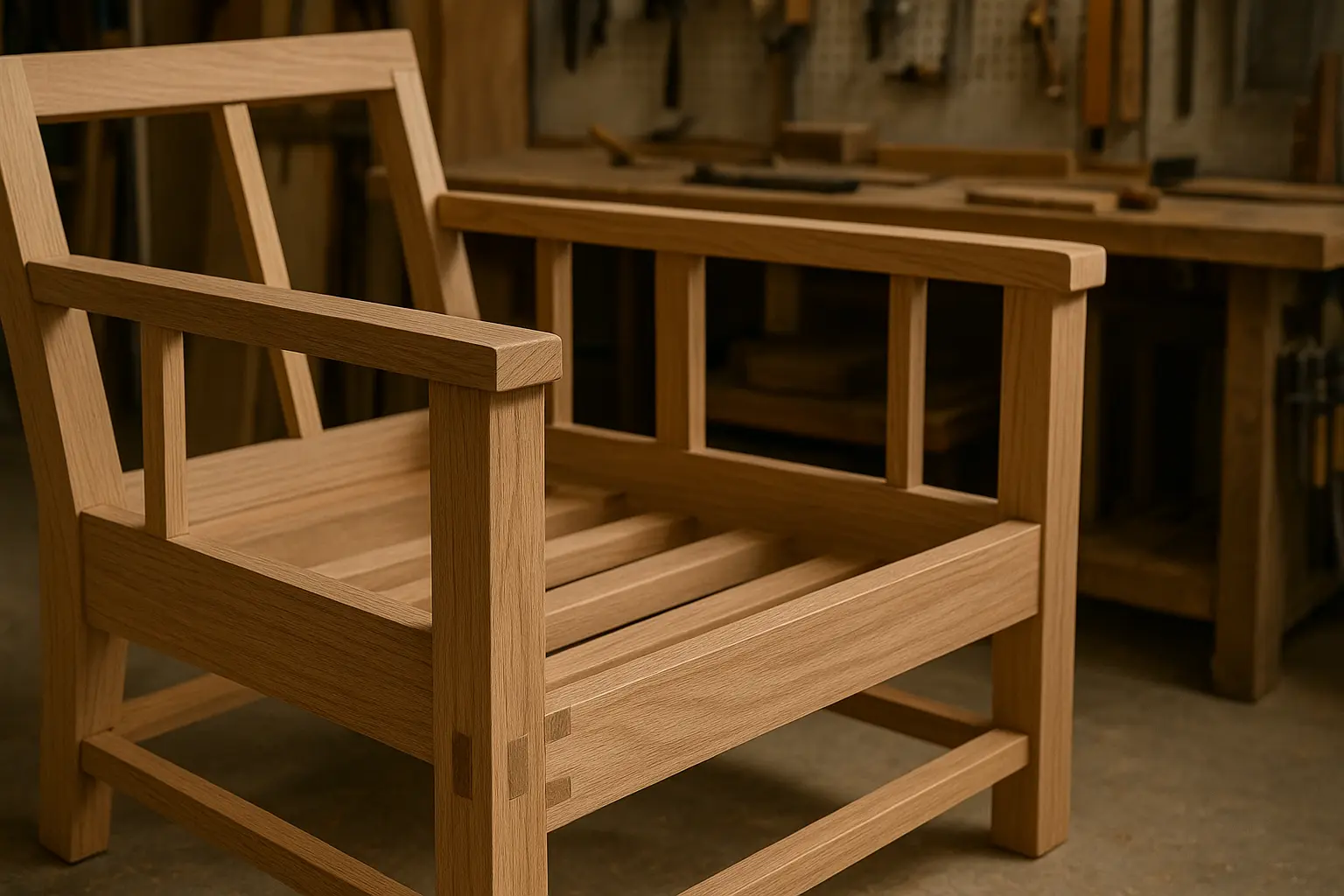
Best Quality: Kiln-dried hardwood like oak, maple, or ash provides superior strength and resistance to warping.
- Durable and long-lasting
- Resists moisture and temperature changes
- Joint construction: Look for doweled, screwed, or corner-blocked joints
Softwood & Engineered Wood
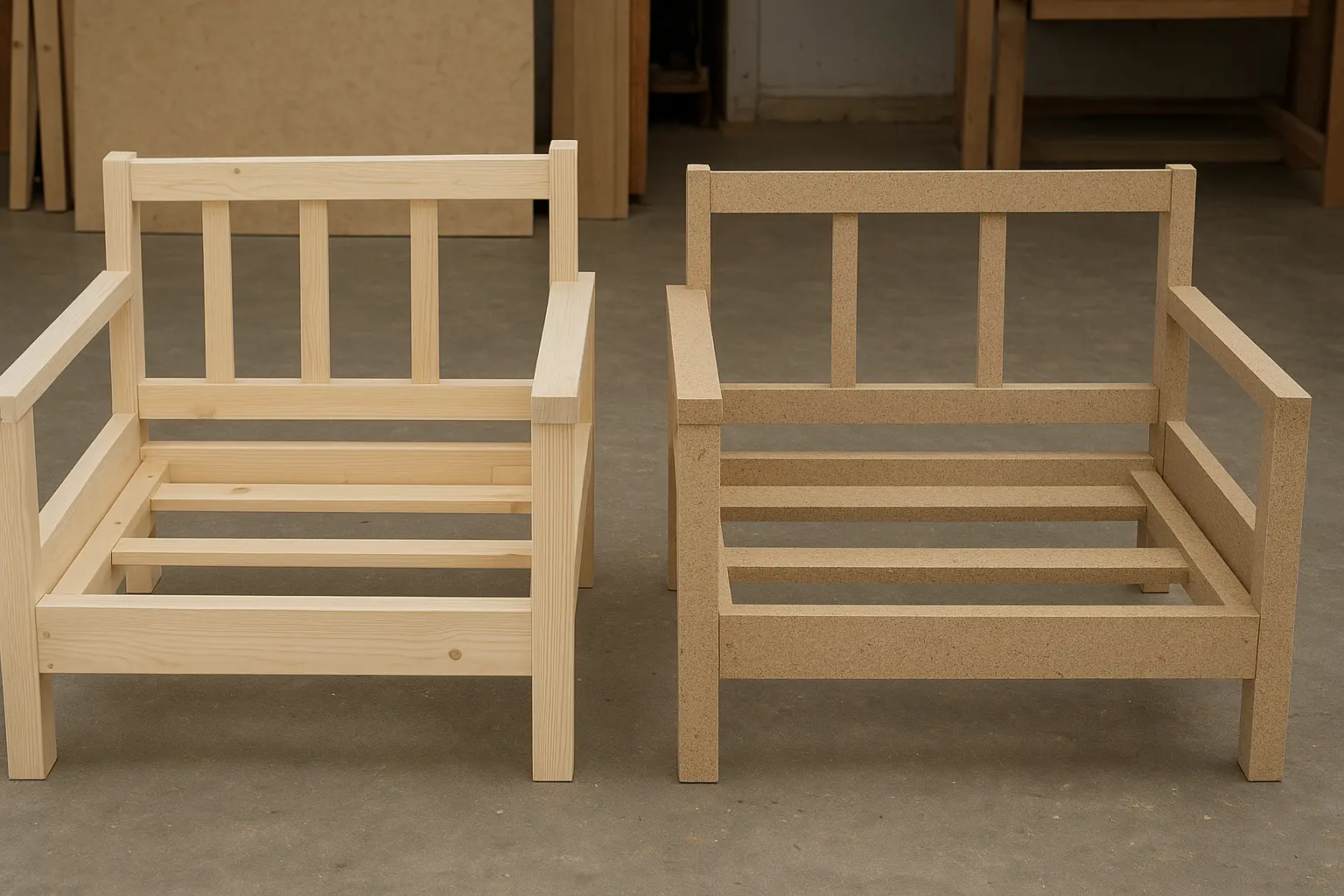
Budget Options: Pine or engineered wood like plywood and particleboard are more affordable but less durable.
- More prone to warping and cracking
- Lighter weight but weaker structure
- Often uses staples instead of proper joinery
Frame Quality Check:
Lift one front corner of the sofa about 6 inches off the ground. The other front corner should lift slightly too. If it doesn't, the frame may be too flexible or poorly constructed.
2. Springs & Suspension Systems
The suspension system supports the cushions and determines how the sofa feels when you sit down. It's the hidden component that makes all the difference in comfort.
✓ Eight-Way Hand-Tied Springs
Premium Choice: Individual coils are hand-tied in eight directions for superior support and comfort. Provides excellent weight distribution and maintains shape over time.
✓ Sinuous (Zig-Zag) Springs
Mid-Range Option: S-shaped springs run front to back, attached to the frame. Good support and more affordable than hand-tied systems.
✓ Webbing Suspension
Budget Friendly: Elastic or jute webbing stretched across the frame. Comfortable initially but may sag over time and needs replacement.
✓ Drop-in Springs
Modern Standard: Pre-assembled spring units dropped into the frame. Consistent quality and good durability for most households.
3. Cushions & Foam: The Comfort Layer
Cushions determine immediate comfort and long-term support. The type and density of foam used significantly impact how your sofa feels and ages.
High-Resiliency (HR) Foam
Best Quality: Dense, durable foam that maintains its shape and provides excellent support. Look for density ratings of 1.8 to 2.5 pounds per cubic foot.
- Superior comfort retention
- Less likely to develop permanent indentations
- More expensive but lasts longer
Standard Polyurethane Foam
Common Option: Affordable foam used in many mid-range sofas. Density typically ranges from 1.2 to 1.8 pounds per cubic foot.
- Comfortable initially but may compress over time
- Lower density foams sag faster
- Good for occasional use furniture
Mixed Fillings & Down
Luxury Options: Combination of foam cores with down or fiber wrapping for premium comfort and plush feel.
- Down wrapping provides luxurious softness
- Requires regular fluffing and maintenance
- Higher cost but exceptional comfort
Foam Density Warning
Avoid foams with density below 1.8 pounds per cubic foot for seating areas. Lower density foams compress quickly, leading to sagging cushions and reduced comfort within 1-2 years of regular use.
4. Upholstery & Fabric: The Visible Surface
The upholstery fabric not only defines the sofa's appearance but also affects durability, maintenance, and comfort.
Natural Fibers
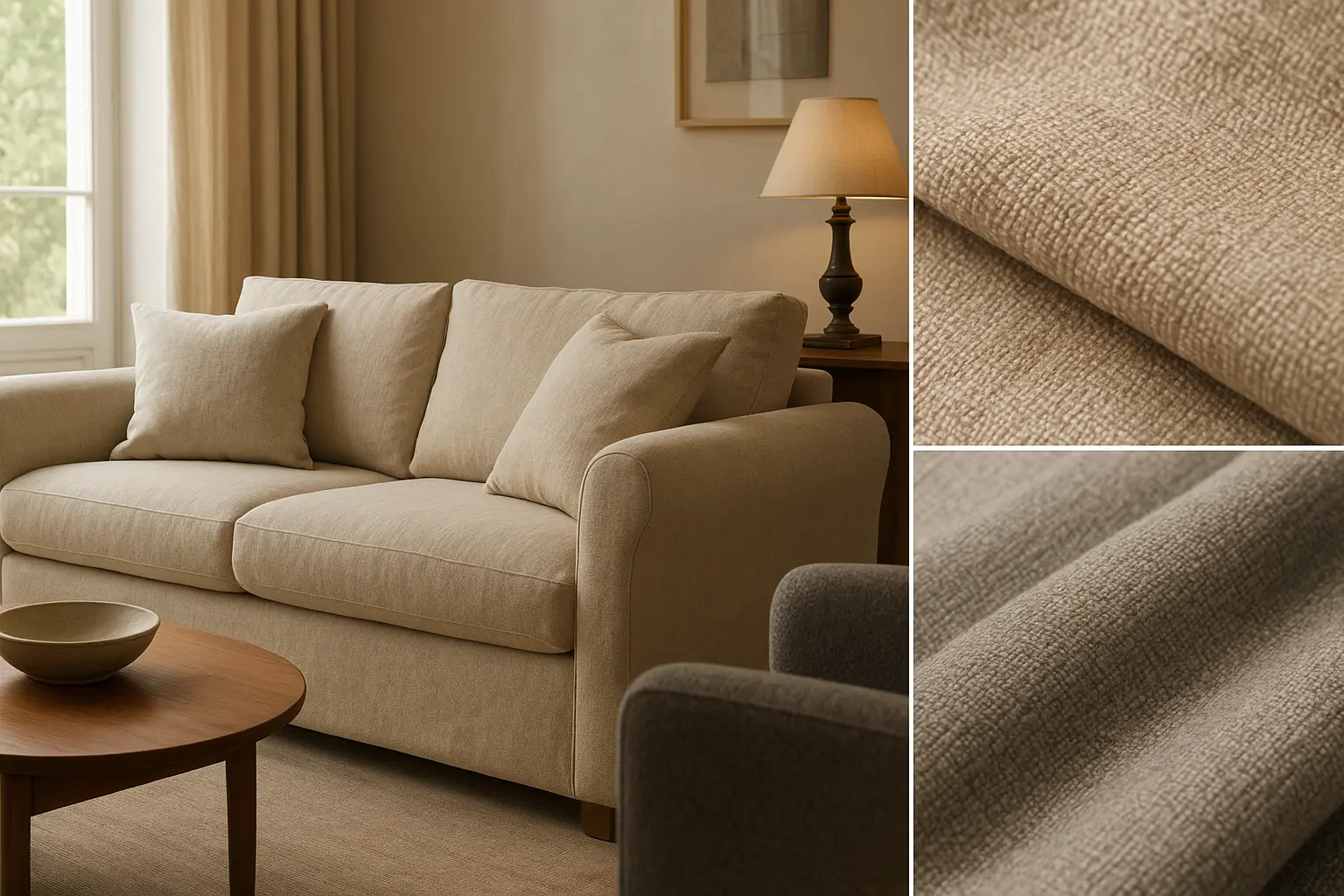
Cotton, Linen, Wool: Breathable and comfortable but may show wear more quickly. Best for formal living rooms with light use.
- Cotton: Soft but prone to staining
- Linen: Elegant but wrinkles easily
- Wool: Durable and stain-resistant
Synthetic & Performance Fabrics
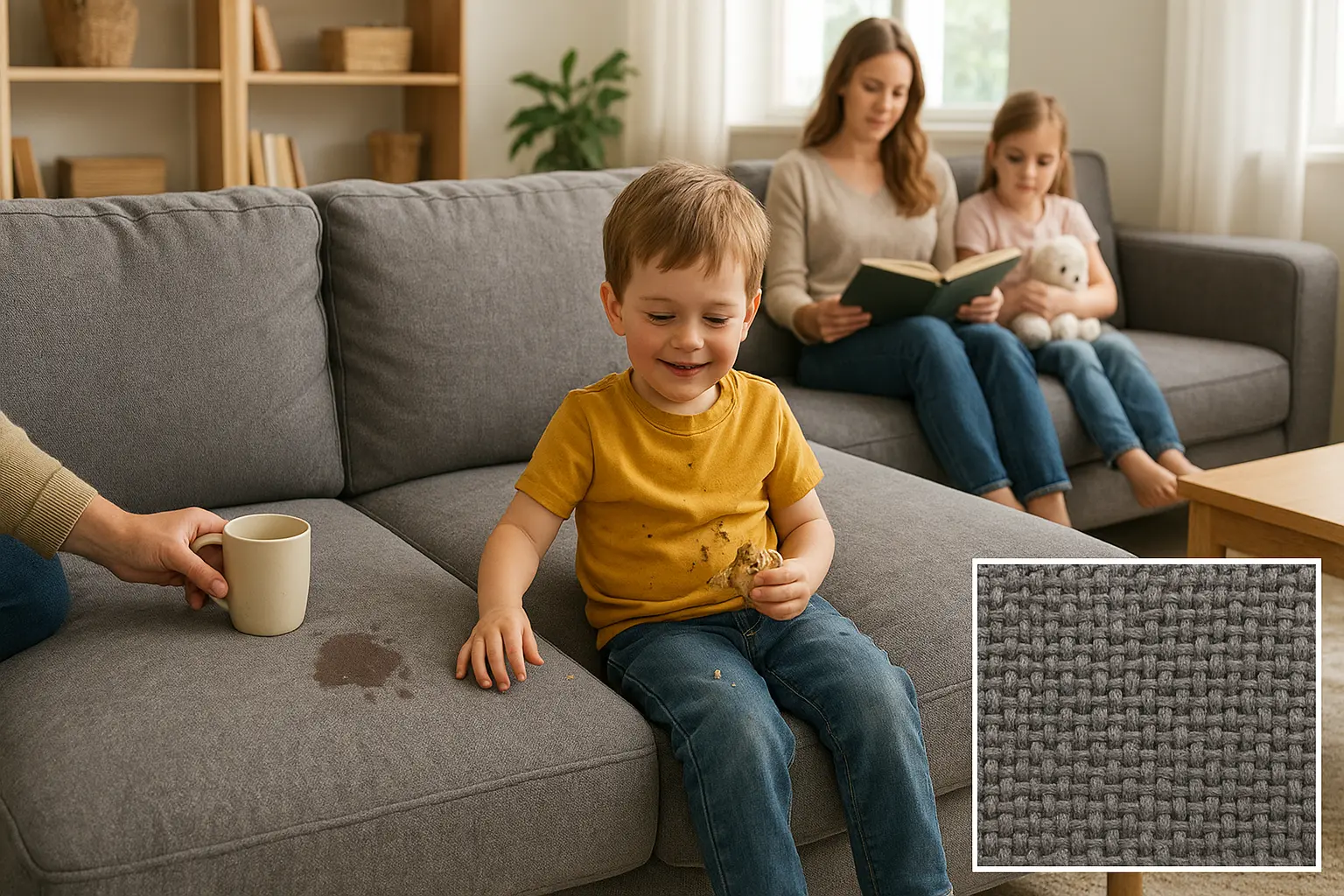
Polyester, Microfiber, Olefin: Highly durable, stain-resistant, and easy to clean. Ideal for families with children and pets.
- Microfiber: Soft and very stain-resistant
- Olefin: Excellent for outdoor and high-use areas
- Performance fabrics: Treated for extra protection
Fabric Durability Check:
Look for fabrics with a rub count (Martindale test) of 15,000+ for everyday use, 25,000+ for heavy use. Double rub counts indicate how many times fabric can withstand abrasion before showing wear.
Comparison Table: High-Quality vs Low-Quality Sofa Construction
| Component | High-Quality Construction | Low-Quality Construction |
|---|---|---|
| Frame | Kiln-dried hardwood, doweled joints, corner blocks | Softwood, particleboard, stapled construction |
| Springs | Eight-way hand-tied or sinuous springs | Webbing or no spring system |
| Cushions | High-resiliency foam (1.8-2.5+ density) | Low-density foam (below 1.8 density) |
| Upholstery | High rub count (25,000+), performance fabrics | Low rub count, thin or loosely woven fabrics |
| Warranty | 10+ years on frame, 3-5 years on cushions | 1 year or less, limited coverage |
Signs of a Premium Sofa
Identifying quality craftsmanship goes beyond brand names and price tags. Here are the key indicators of a well-made sofa:
🔍 Solid Frame Construction
Lift test reveals minimal flex, joints are tight and reinforced, frame feels substantial and doesn't creak when pressure is applied.
🔍 Quality Cushion Support
Cushions return to shape quickly after compression, firm but comfortable support, high-density foam that doesn't bottom out.
🔍 Attention to Detail
Even stitching patterns, pattern matching at seams, well-fitted upholstery without puckering or loose fabric.
🔍 Durable Fabric
Appropriate rub count for intended use, tight weave, stain-resistant treatment, and quality zippers or closure systems.
Conclusion: Making an Informed Sofa Purchase
Understanding sofa anatomy transforms you from a casual shopper into an informed consumer. By examining the frame, suspension, cushions, and upholstery, you can identify quality construction that will provide lasting comfort and value. Remember that a higher initial investment in quality materials and craftsmanship often translates to better long-term value and satisfaction.
Key Takeaways:
- Prioritize kiln-dried hardwood frames with proper joinery
- Choose high-resiliency foam with adequate density for your needs
- Select upholstery fabrics with appropriate durability ratings
- Don't overlook the importance of quality suspension systems
- Always test furniture in person when possible
Ready to Find Your Perfect Sofa?
Explore our collection of quality sofas built with attention to detail and durable construction. From comfortable sofa beds to elegant sectionals, we have options to suit every need and budget.
Browse Our Sofa CollectionMore Furniture Guides You Might Like
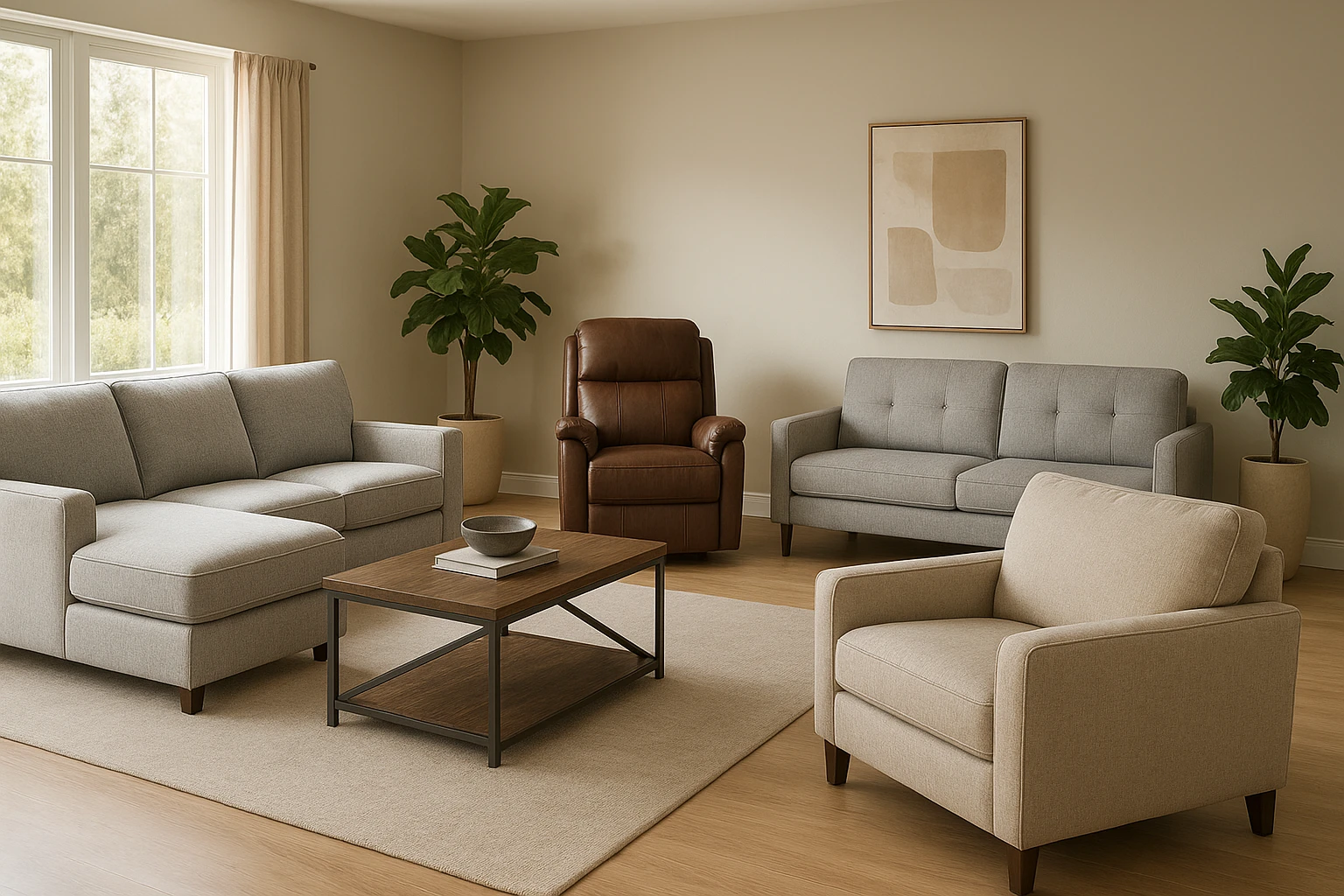
Discover various sofa styles from sectionals to loveseats and find the perfect fit for your space.
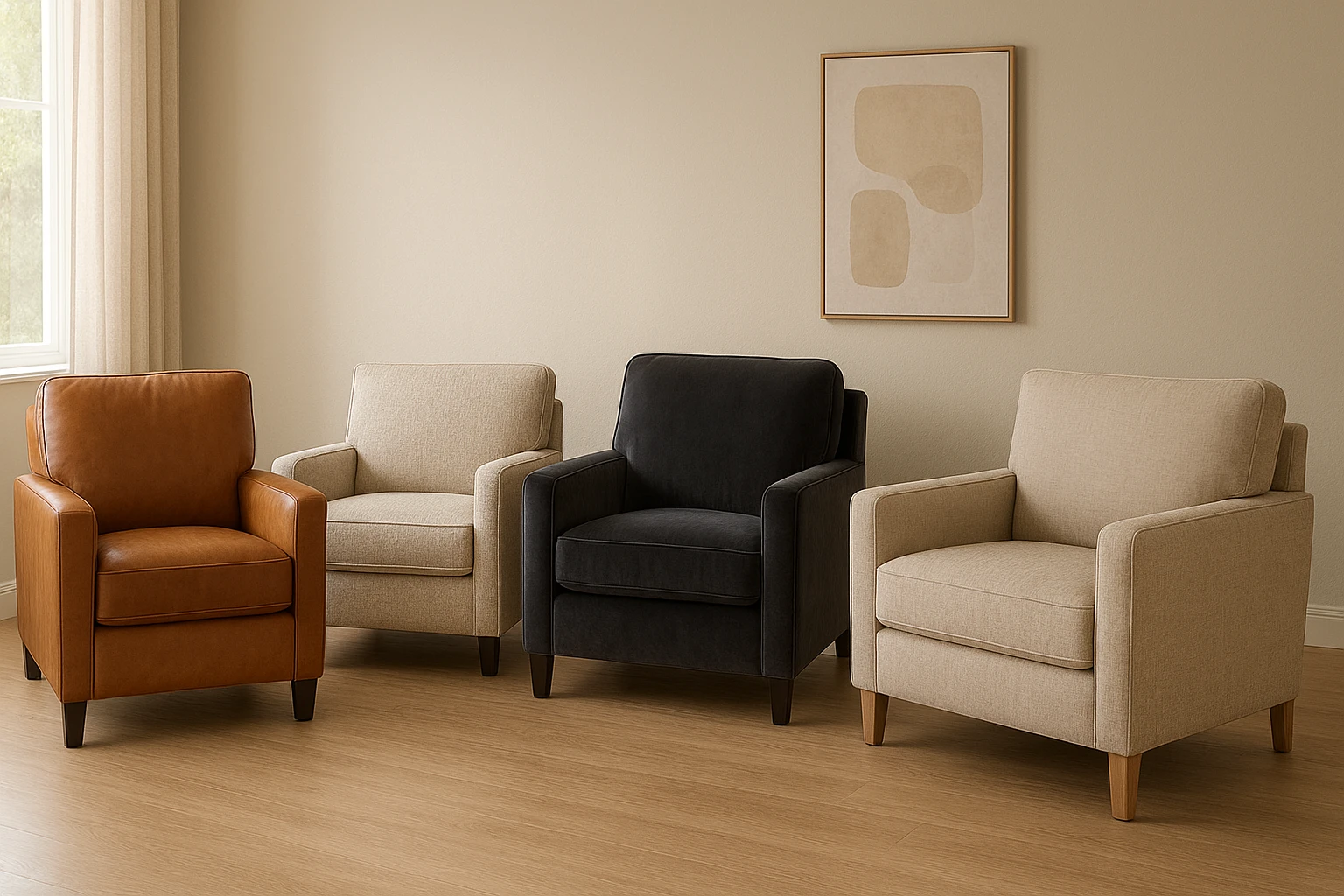
Compare durability, maintenance, and comfort of different sofa upholstery materials.
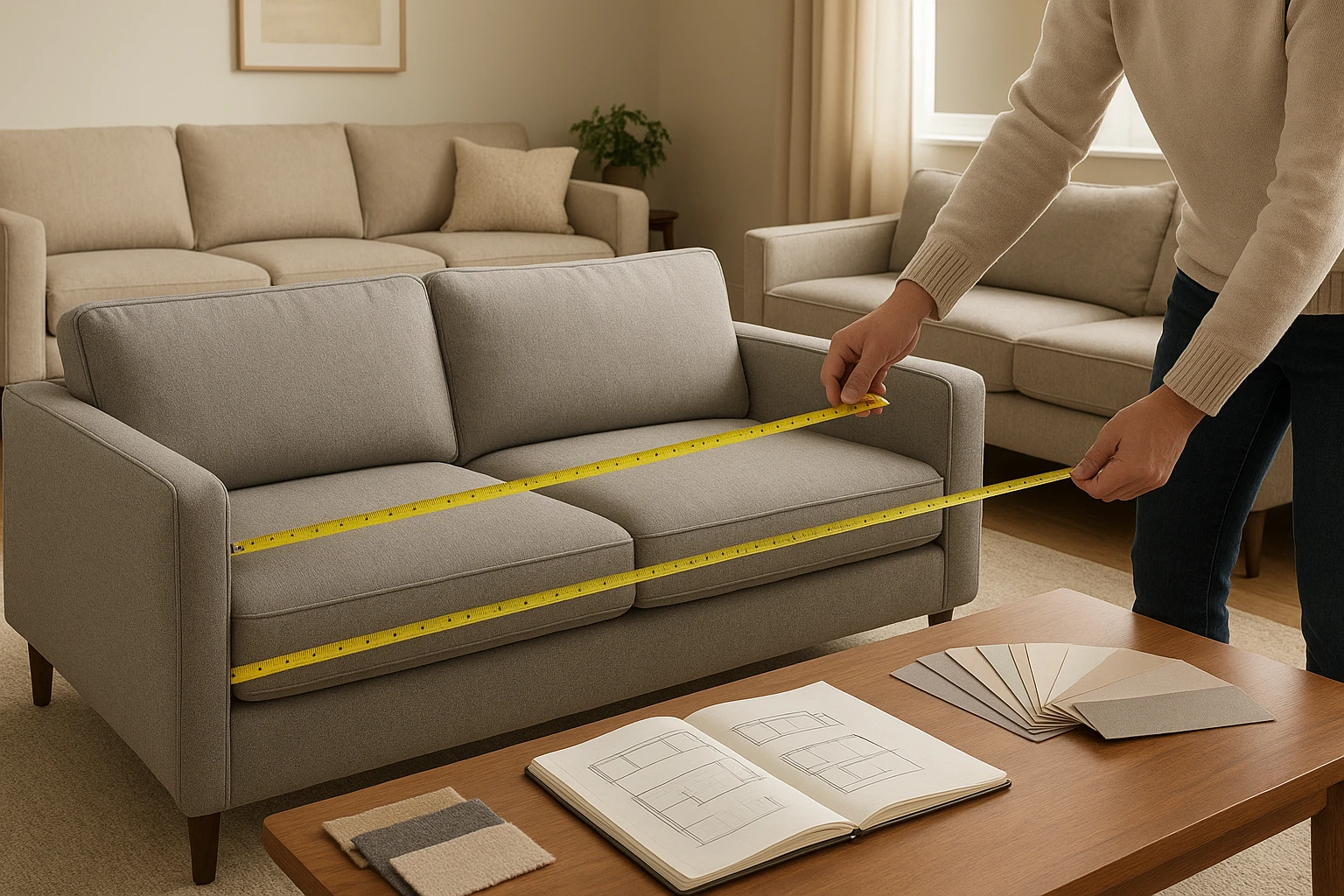
Step-by-step guide to selecting the perfect sofa based on your space, style, and needs.
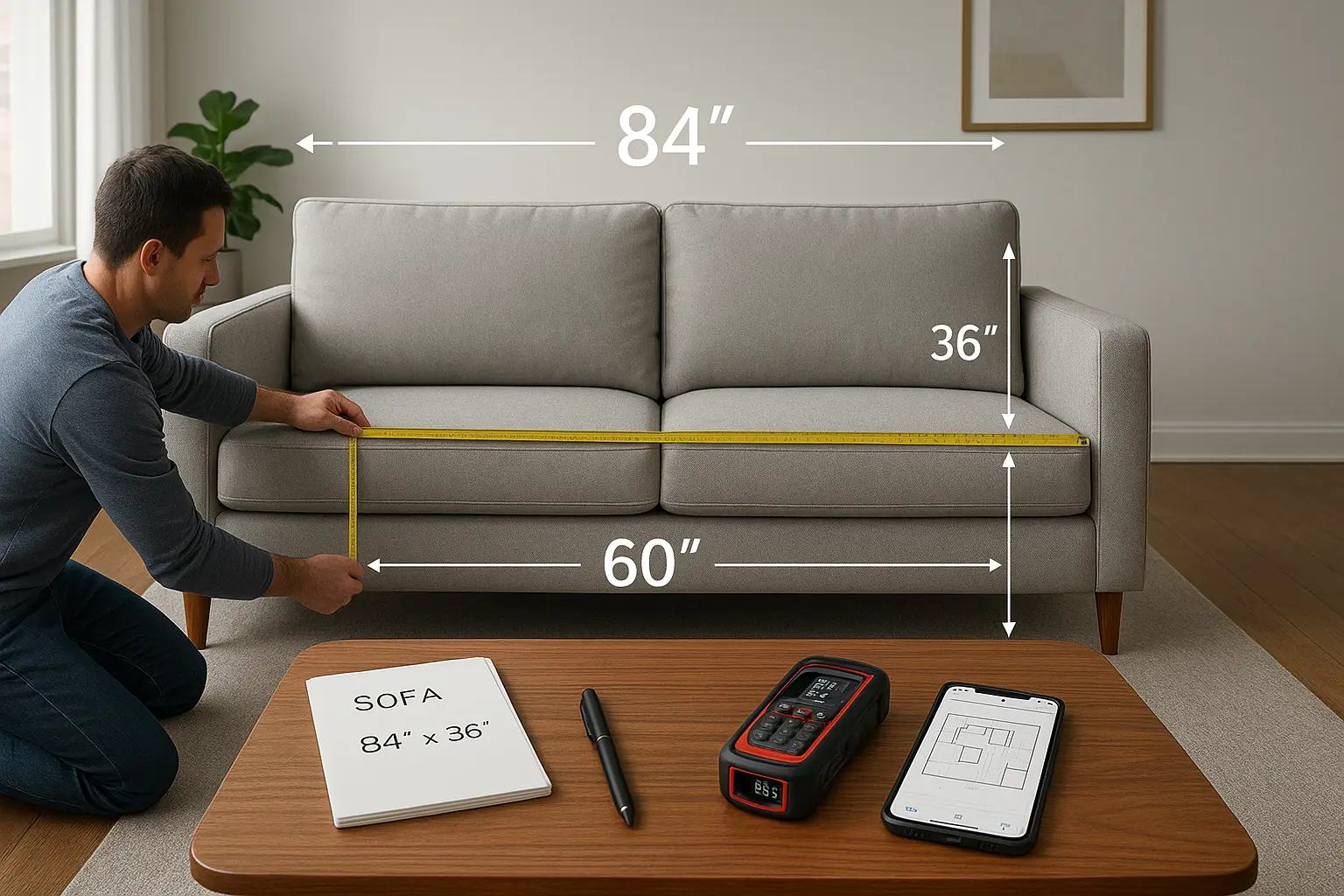
Learn to measure your room and select sofa dimensions that fit perfectly and function well.
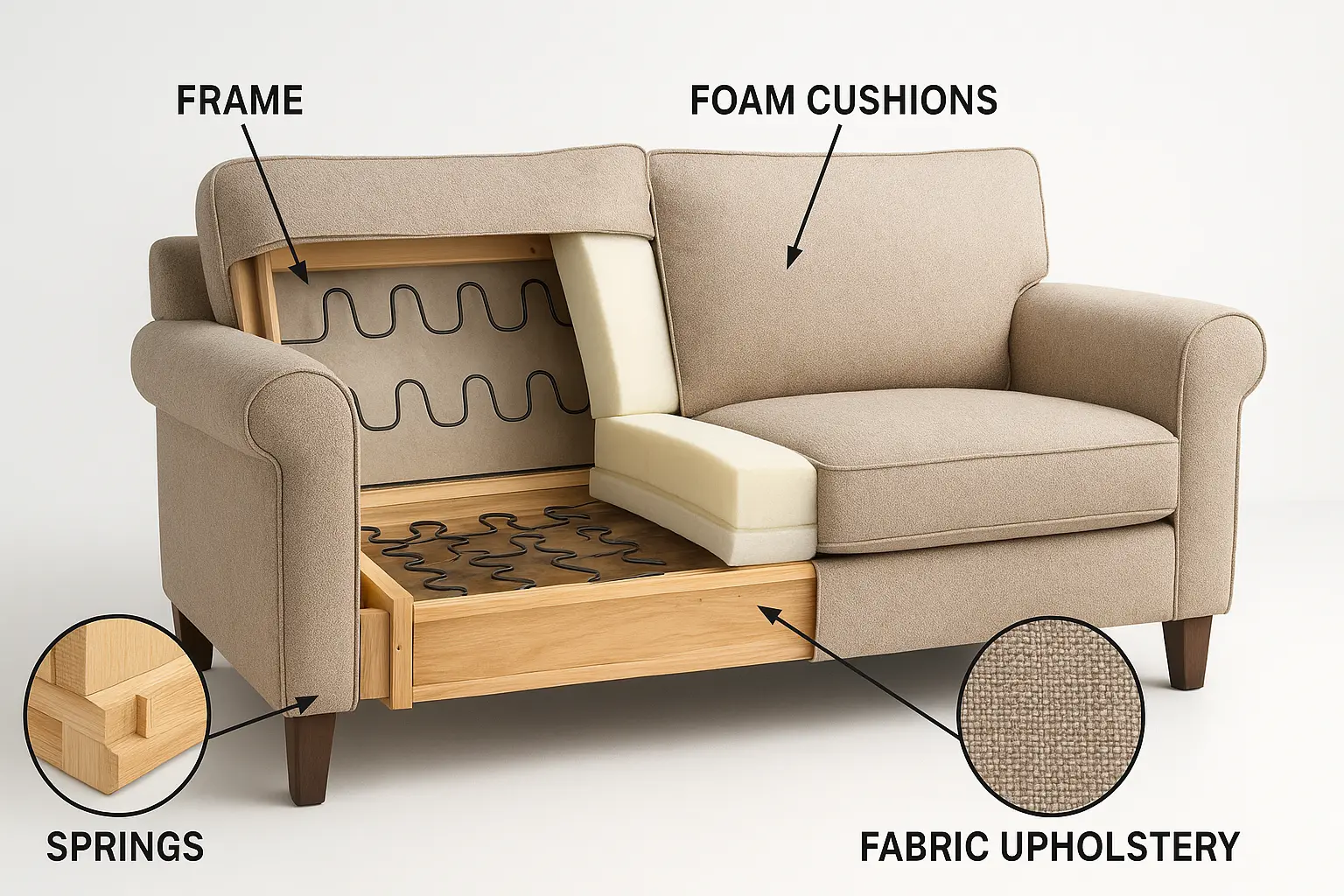
Understand sofa construction and learn to identify quality craftsmanship in furniture.

Essential advice for purchasing furniture online and avoiding common pitfalls.
Join the Discussion
Share your thoughts or ask questions about this article
No comments yet. Be the first to start the discussion!











 Link copied successfully!
Link copied successfully!